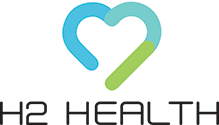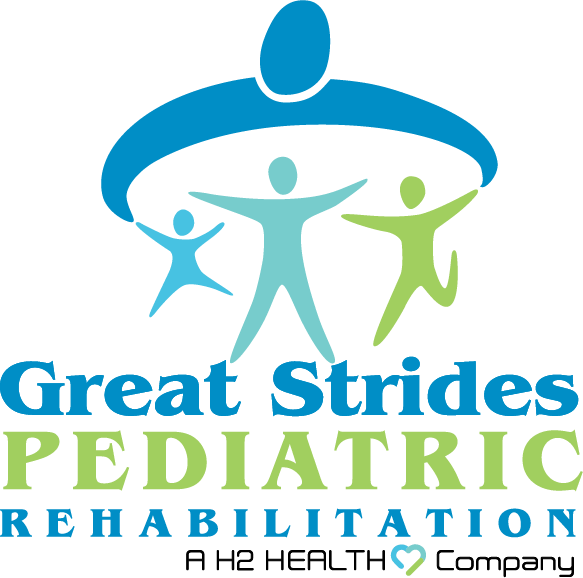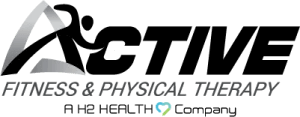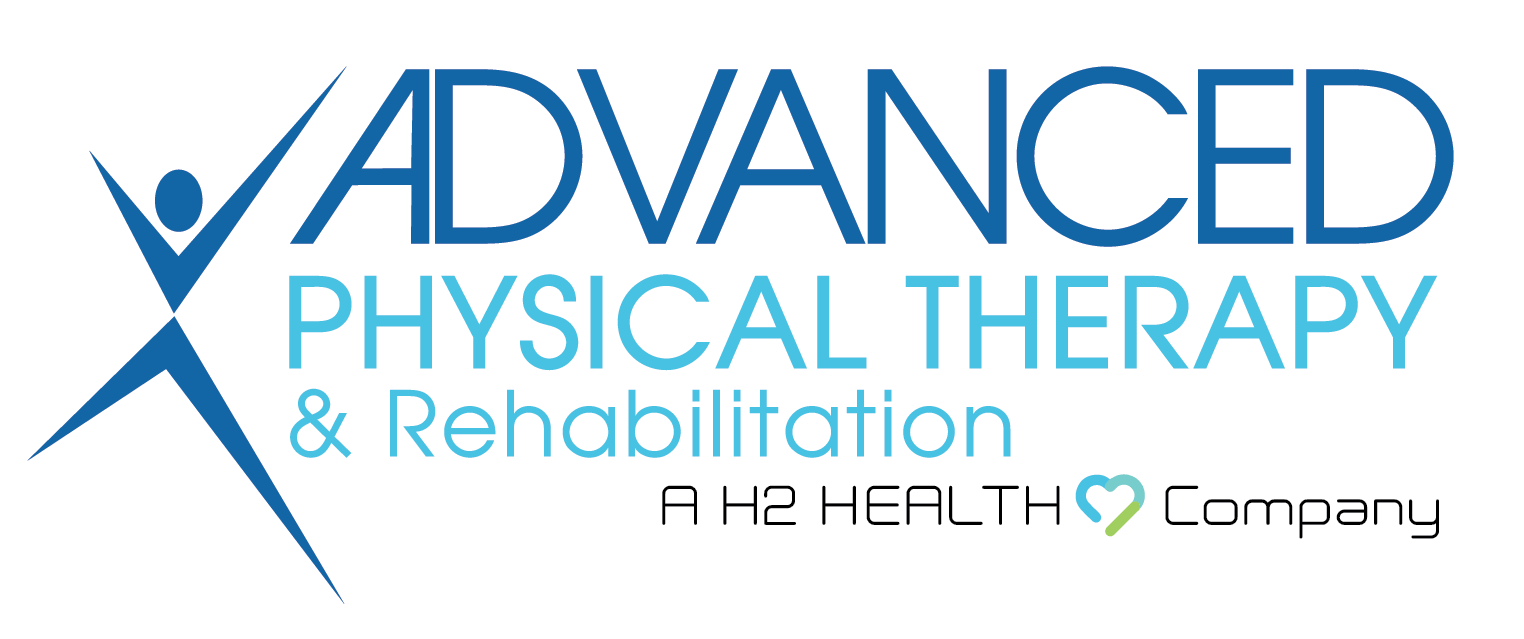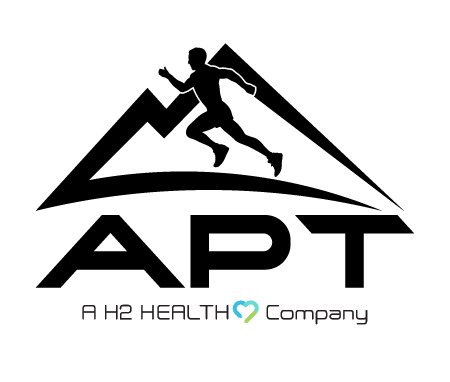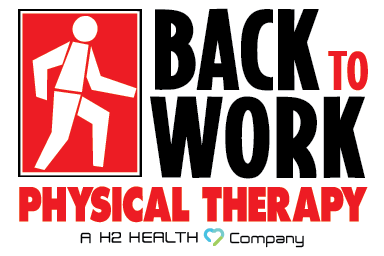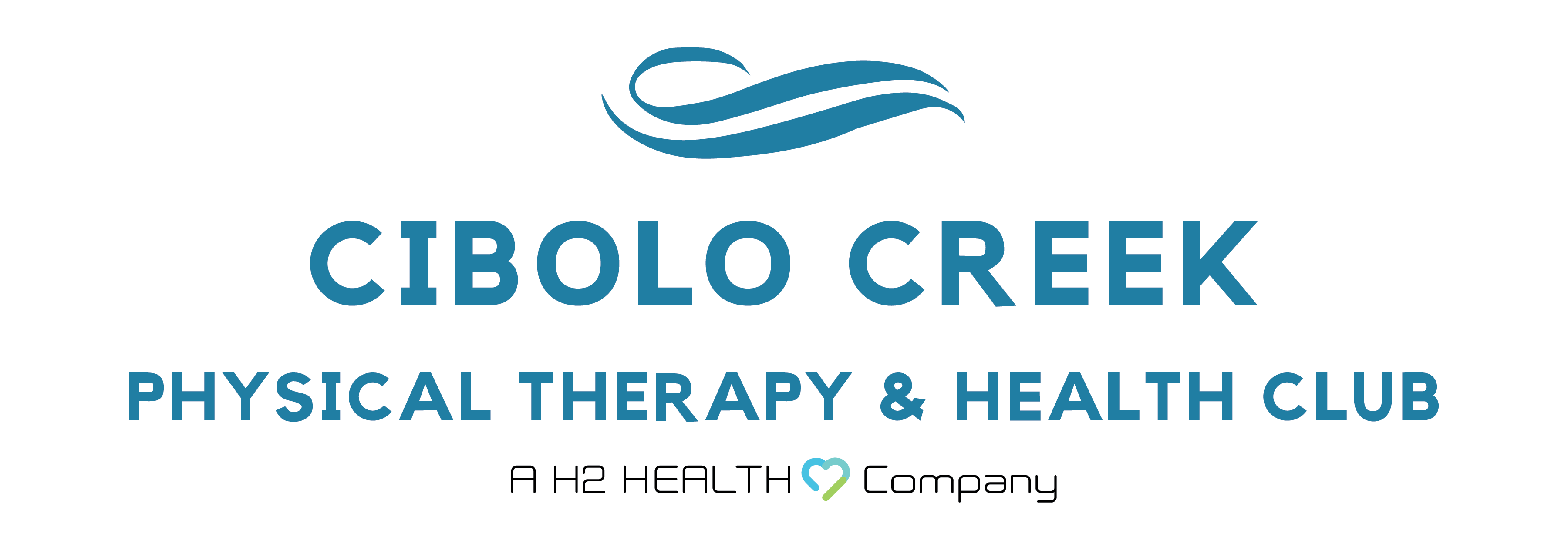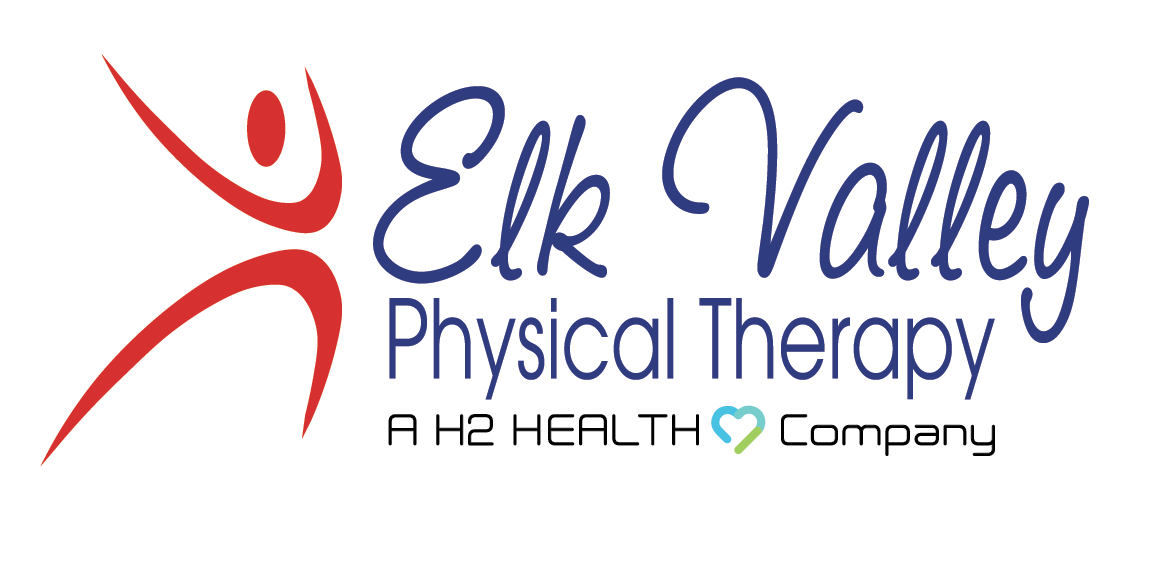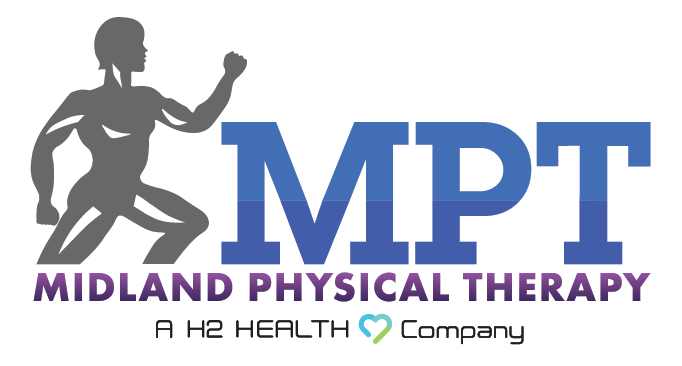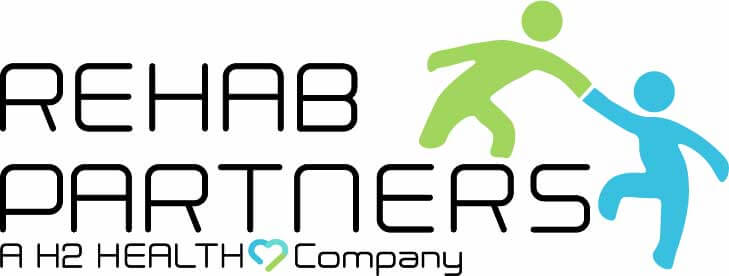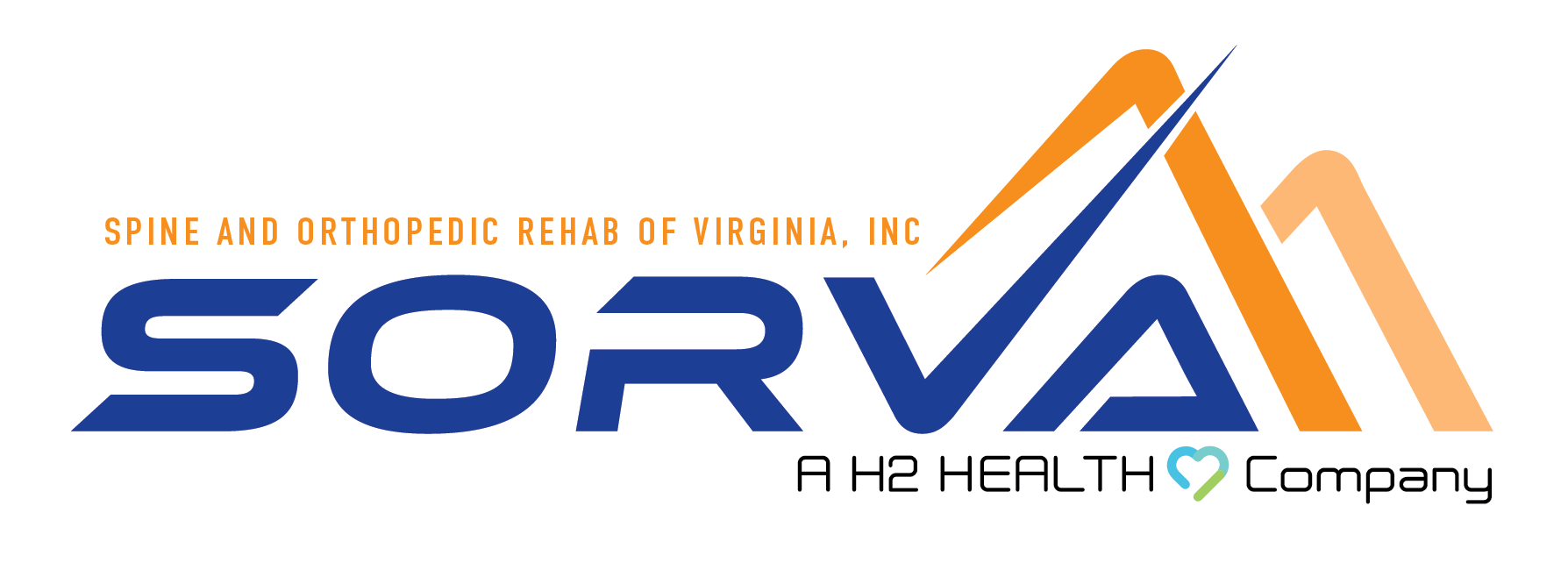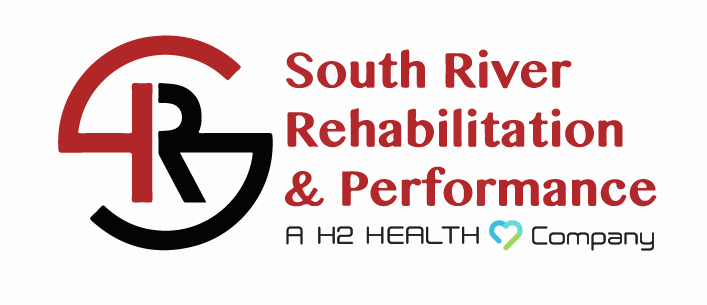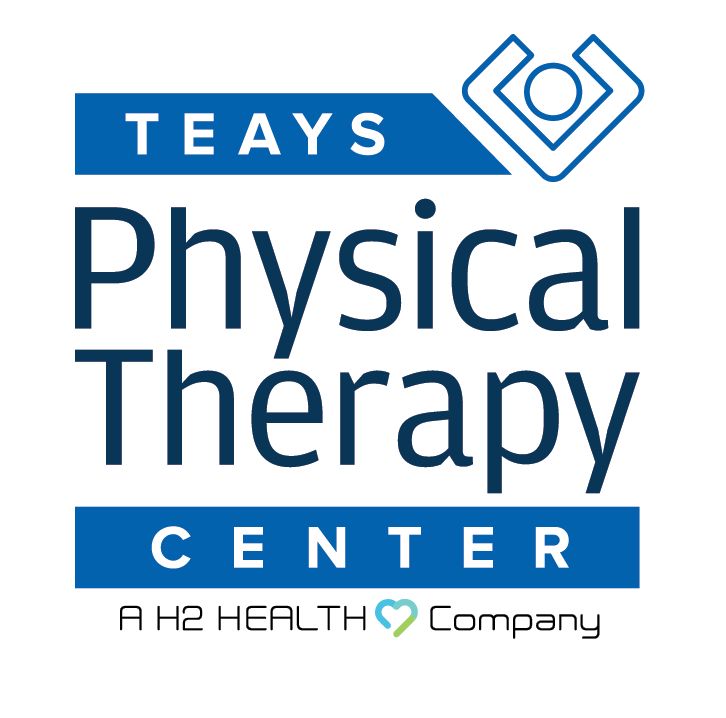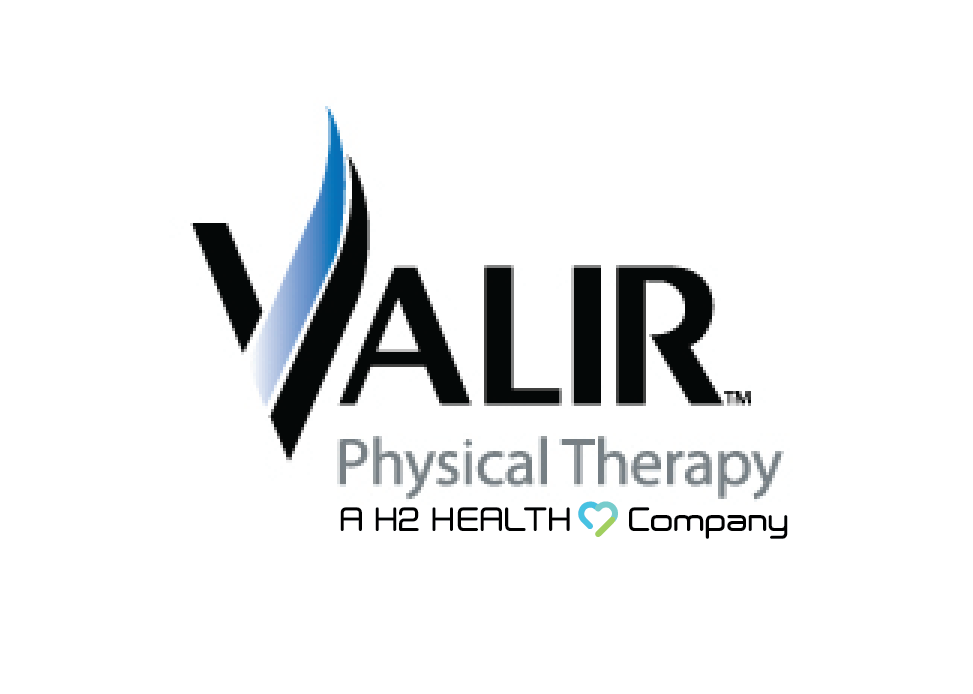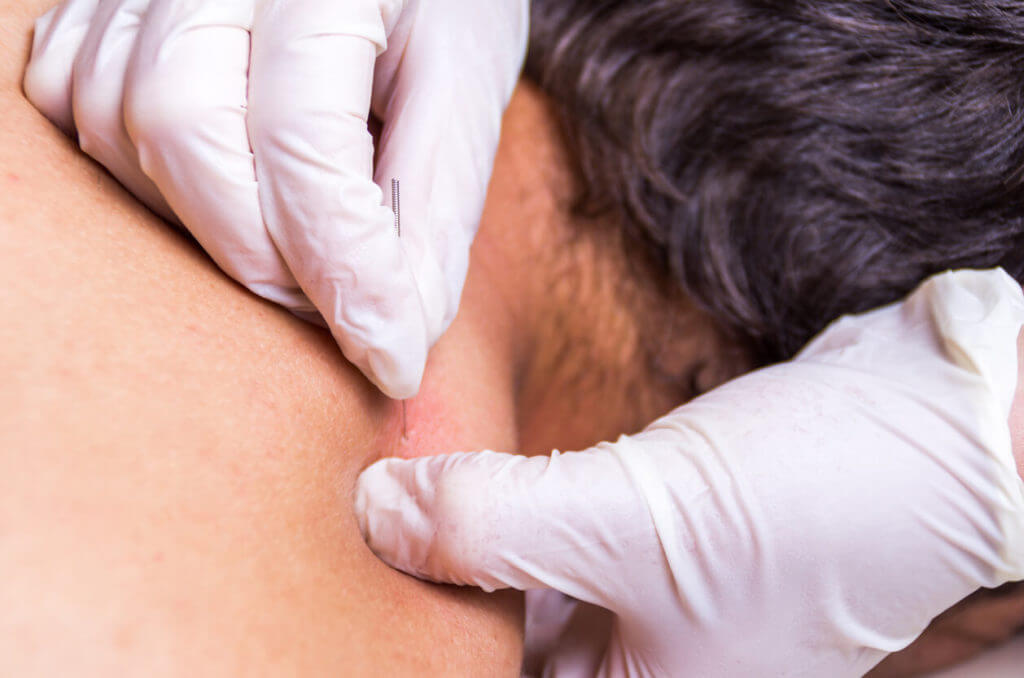
Physical therapy has become a crucial part of recovery and wellness for many individuals. However, patients often wonder about the tools and techniques physical therapists use to help them feel better.
Dry needling is one such technique that has gained popularity. But how does it fit into a traditional physical therapy plan?
Let us explore dry needling and other physical therapy modalities to help you better understand what might be right for you.
What Is Dry Needling
Dry needling is a therapeutic technique where thin, filiform needles are inserted into specific muscle areas — often called trigger points. These are places in the muscle where you might feel tightness, tension, or soreness. A certified physical therapist uses this technique to reduce pain, improve movement, and help with muscle recovery.
While dry needling is effective, it is not a standalone solution. It is part of a broader physical therapy strategy. Physical therapy clinics like H2 Health use it alongside other methods to enhance the outcomes of your treatment.
What Does Dry Needling Feel Like
Patients often ask if dry needling hurts. You may feel a mild discomfort or a muscle twitch when the needle hits a trigger point. This reaction is a sign that the muscle is relaxing and releasing tension.
Most patients report feeling significantly better after a session.
Is Dry Needling the Same As Acupuncture
Dry needling and acupuncture both involve thin needles but differ in purpose and practice. Acupuncture is based on traditional Chinese medicine principles, focusing on energy flow or “chi.”
On the other hand, dry needling is rooted in modern science and physical therapy, aiming to relieve muscle pain and improve function.
Traditional Physical Therapy Modalities
Physical therapy involves a variety of tools and techniques beyond dry needling. Each method is tailored to your condition, goals, and overall health.
Here are some commonly used modalities in physical therapy clinics.
Heat and Cold Therapy
Heat therapy works by increasing blood flow to an injured area, which helps deliver oxygen and nutrients essential for healing while relaxing tight muscles. It is commonly used for chronic pain and stiffness.
Cold therapy is most effective in the early stages of an injury, as it reduces swelling and inflammation and numbs the affected area to alleviate pain.
Alternating between heat and cold therapy can sometimes be recommended depending on the injury type and stage.
Manual Therapy
Manual therapy involves a hands-on approach by a certified physical therapist to address joint stiffness, muscle tightness, and pain. Techniques include soft tissue massage, joint mobilization, and manipulation, all aimed at improving mobility, enhancing circulation, and relieving discomfort.
This therapy is often combined with other interventions for optimal results and is tailored to each patient’s specific needs.
Therapeutic Exercise
Therapeutic exercises are a cornerstone of physical therapy and are customized to target specific areas of weakness, pain, or limited mobility. These exercises can include stretches to improve flexibility, strengthening movements to build muscle support, and functional activities to restore mobility.
A certified physical therapist provides guidance and supervision to ensure proper technique, progression, and safety, helping patients regain independence and avoid future injuries.
Electrical Stimulation
Electrical stimulation involves the use of controlled electrical currents applied to muscles or nerves through electrodes placed on the skin. It can reduce pain by interrupting pain signals, promote tissue healing, and improve muscle function by triggering contractions.
Electrical stimulation is commonly used for conditions like muscle weakness, nerve injuries, or chronic pain, and it can be tailored to different therapeutic goals.
Ultrasound Therapy
Ultrasound therapy uses high-frequency sound waves to penetrate deep into tissues, promoting blood flow, reducing inflammation, and accelerating the healing process. It is effective for treating soft tissue injuries, tendinitis, and ligament damage.
The sound waves can also provide a gentle warming effect, which helps alleviate pain and improve tissue elasticity during recovery.
Education and Prevention
Physical therapy goes beyond treating current injuries — it is about equipping patients with the knowledge and tools to maintain long-term health. Therapists focus on teaching proper posture, movement techniques, and exercises to prevent future injuries. They may also offer advice on ergonomic adjustments at work or home and lifestyle changes to support overall physical well-being.
By emphasizing prevention, physical therapy helps patients sustain their progress and avoid setbacks.
How Does Dry Needling Fit into Physical Therapy
Dry needling is often combined with these other techniques to provide well-rounded care. For example, dry needling may help a tight muscle relax, making it easier for you to perform your therapeutic exercises and regain mobility.
It is important to remember that not every patient needs dry needling. The best treatment plan for you will depend on your individual assessment. A certified physical therapist will decide if it is the right choice based on your symptoms and recovery goals.
Why a Comprehensive Plan Matters
Comprehensive care is essential for long-term benefits. Dry needling can provide relief, but it works best when combined with other methods like strengthening exercises and educational techniques. This multidisciplinary approach targets not only current pain but also its root cause, helping you avoid future discomfort.
When you visit a qualified physical therapy clinic, your therapist will evaluate your condition and create a personalized plan. This plan might include dry needling as one of several tools to help you recover effectively and quickly.
Dry Needling Services Across the USA
At H2 Health, we treat every patient as an individual, tailoring services to address your specific needs. Our certified physical therapists specialize in both dry needling and traditional physical therapy, ensuring you receive the highest standard of care.
Beyond traditional therapy and dry needling, we provide unique options like aquatic therapy, manual therapy, and more.
If you are ready to improve your well-being, schedule your appointment today at H2 Health by calling (800) 699-9395. You can also contact us by filling out our appointment request form. We look forward to serving you!
